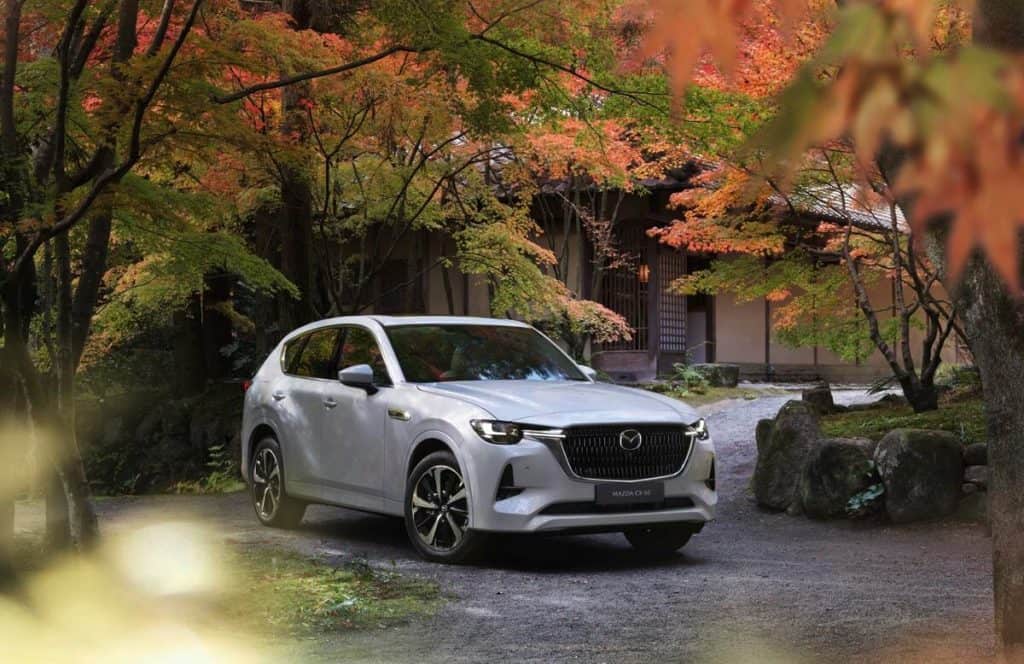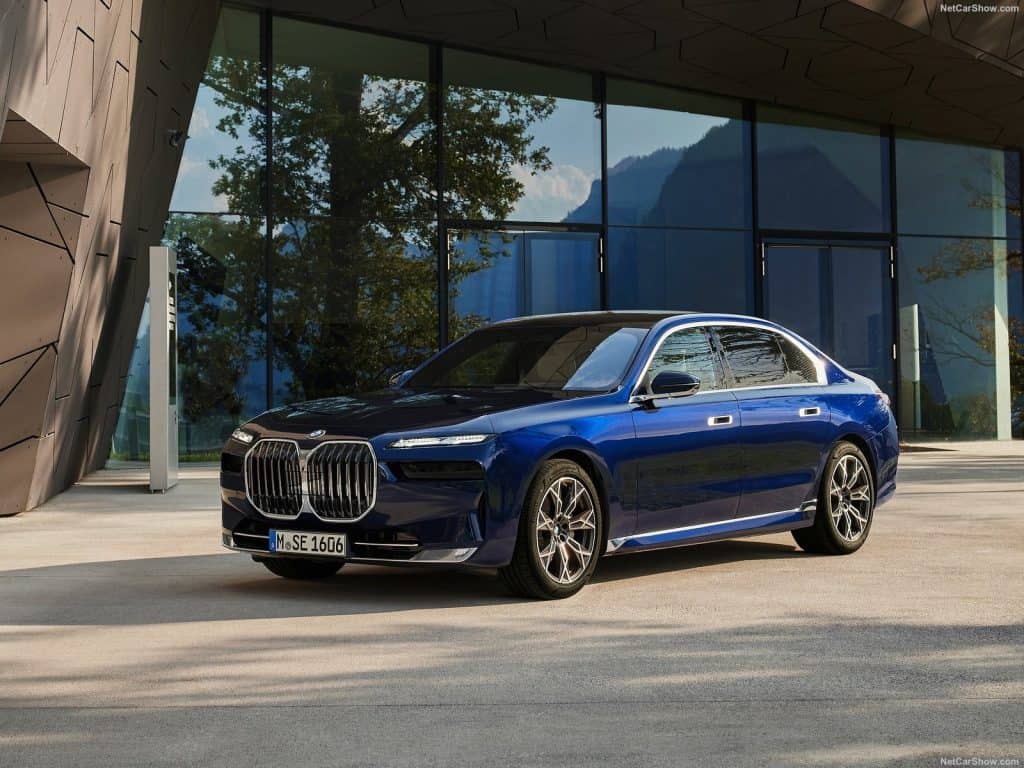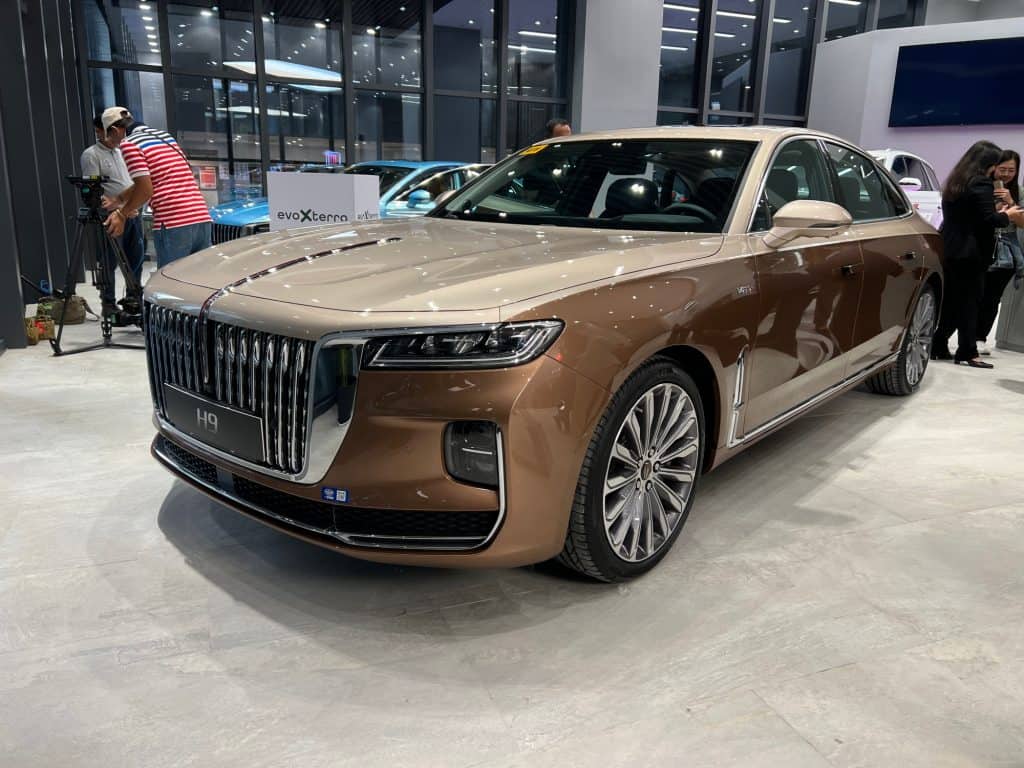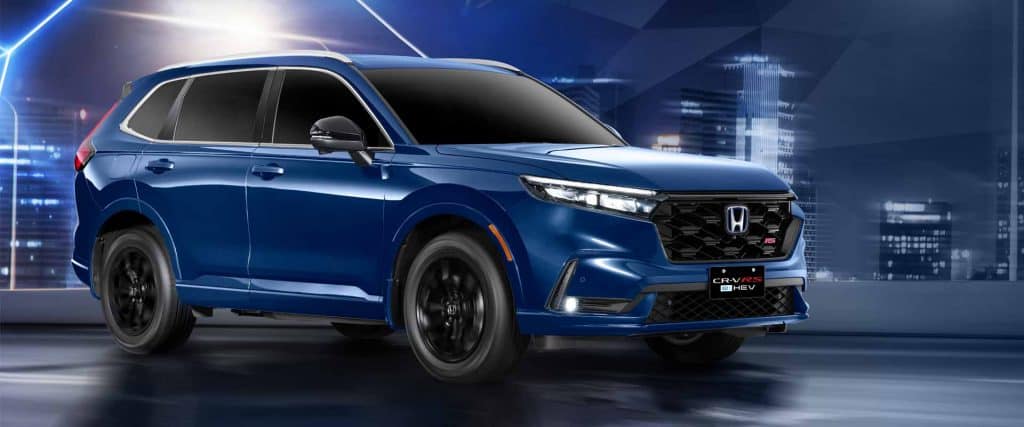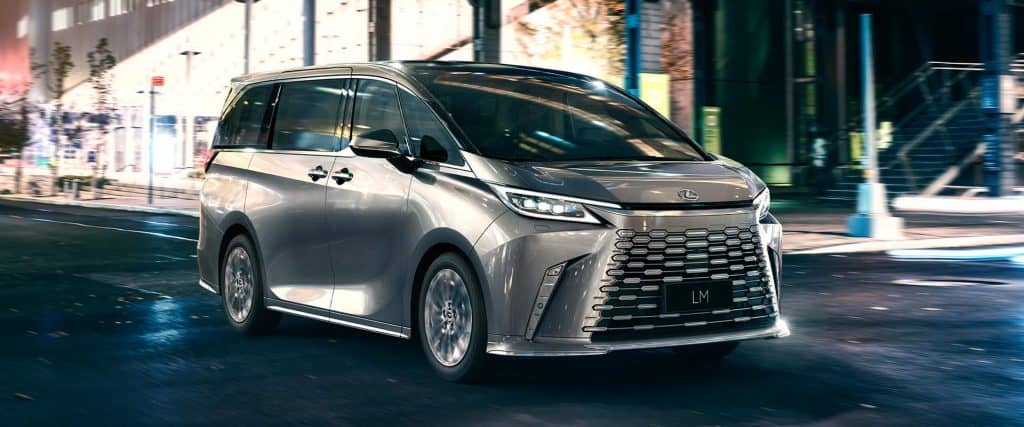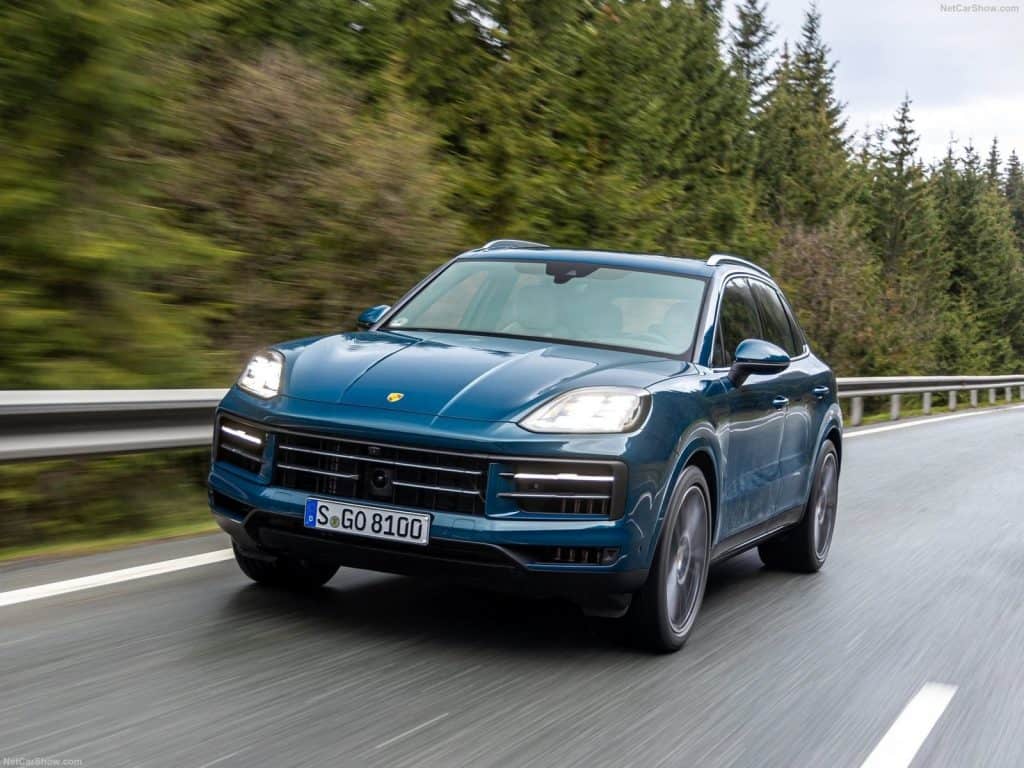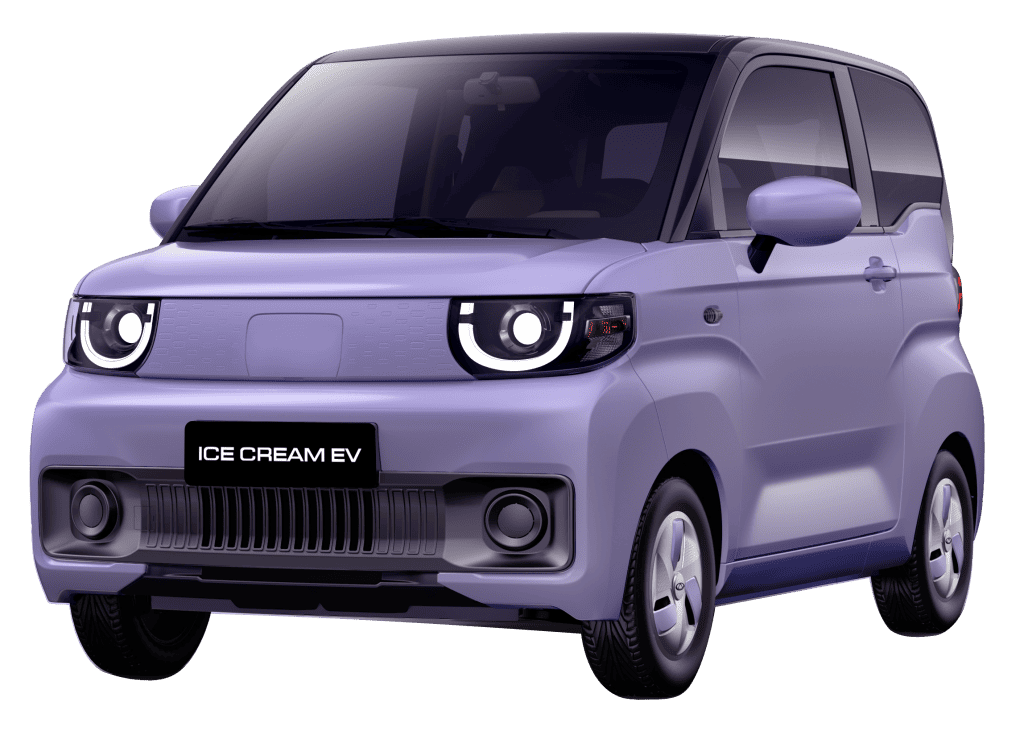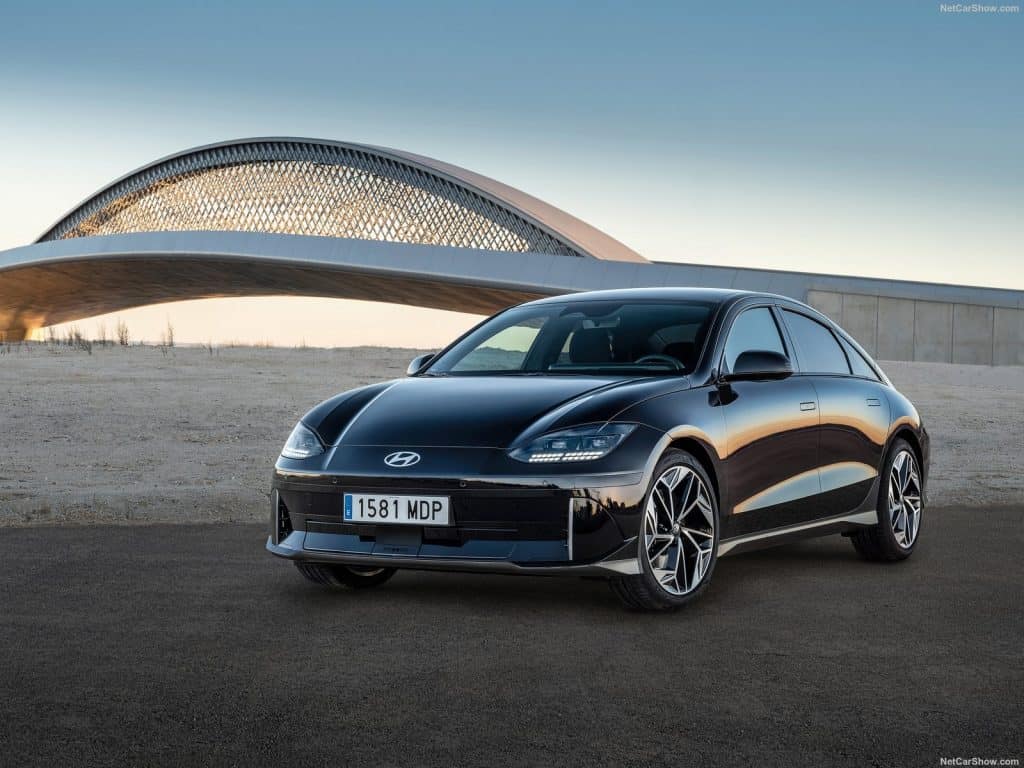It seems like every month, there’s a new electrified car that enters the Philippine market. There’s no denying that electrification is here and we’re moving closer to the end of internal combustion engines.
What we are experiencing now is the start of the transition phase. We cannot simply stop buying cars with combustion engines and move to the fully electric ones. Instead, there are different levels of electrified cars that will allow us to move one step to the future without fully investing in the system just yet. It can be confusing with the slew of options we have so we made a quick rundown to help.
MILD HYBRID ELECTRIC VEHICLE (MHEVs)
First up are mild hybrid cars. They are called as such because they have an electric motor to assist the combustion engine. Assist is the keyword because unlike full hybrids, they cannot move the vehicle on its own and they do not have a pure electric drive mode.
Instead, they aid the car by giving it a slight boost in power when needed. It also helps with the engine auto start/stop and keeps certain functions like lights, aircon, and touchscreen on even when the engine is off. You’ll know it’s a mild hybrid if the electric motor is only around 12, 24 or 48 volts. Mainly though, they are best for those who do not have the budget for a full hybrid but want a car with better fuel efficiency.
There are a lot of options for mild hybrid cars here in the Philippines today. You can have an MPV with the Suzuki Ertiga or Geely Okavango. Crossovers are in the mix starting with the Chery Tiggo 5X Pro, Chery Tiggo 7 Pro, Geely Azkarra, Mazda3, Mazda CX-30, and the recently launched Mazda CX-60.
For sedans there are premium offerings in the variants of the Hongqi H9, BMW 7 series, Jaguar XF, Maserati Ghibli, Mercedes-Benz C-Class and S-Class, and the Volvo S90. Looking for something taller and bigger? There’s the Audi Q7, Audi RS Q8, BMW X7 Jaguar F-Pace, Land Rover Discovery, Maserati Levante, and Volvo’s triplets – the XC40, XC60, and XC90.
HYBRID ELECTRIC VEHICLES (HEVs)
Full hybrids are the real transition cars for today. It still has a combustion engine, but is capable of pure electric driving giving you a teaser of the driving experience of the future. Unlike with mild hybrids, the electric motor here has the capability to move the vehicle on its own for a good 50 or so kilometers (depending on the car) thanks to its pure EV drive mode. They are either self-charging via the combustion engine, through regenerative braking, or they are plug-in electric vehicles meaning it has a socket that allows you to charge the batteries directly (and they have an included charging cable).
Toyota has a stacked lineup of hybrid vehicles. They have sedans in the Camry and Corolla Altis, crossovers in the new Yaris Cross, Corolla Cross, and RAV4, and MPVs in the new Zenix and Alphard. Their sister brand, Lexus is also stacked with 7 hybrids. You can choose from the ES, IS, and LS sedans, the NX, RX, and UX SUVs, or the Lexus LM.
Mitsubishi has a plug-in hybrid with the Outlander, Nissan has the kicks, while Honda just launched the CR-V hybrid. New brands are also present here as Chery has the Tiggo 8 Pro plug-in hybrid and Haval has the H6 and Jolion. Those looking for an opulent hybrid can choose from the Land Rover Defender, Land Rover Ranger Rover, Bentley Flying Spur, Mercedes-Benz GLC, BMW XM, and the Porsche Cayenne and Cayenne Turbo.
BATTERY ELECTRIC VEHICLES (BEVs)
Electric cars are the true form of the next-generation of mobility. They don’t have a combustion engine anymore and rely purely on batteries and electric motors to move the car. This means they produce zero emissions that may harm the environment. Range is also long at around 400km on a single charge, though that may vary per car. All of them come with a standard charging cable, but there are some that include a fast charger, or even a home charging station.
If you’re thinking there’s only a few choices for this one, I’m glad to share that there are many options now in 2023. Some mainstream brands, so to speak, have already introduced all-electric offerings. Kia has the EV6, Nissan has the Leaf, while Hyundai have two with the Ioniq5 and Ioniq6.
This is also an arena that new (and relatively new) brands in the country are trying to build on. Weltmeister for example has the W5, Hongqi has the E-HS9 and E-QM5. Jetour has the cute Ice Cream EV, BYD has the Han sedan, Tang SUV, Dolphin hatchback and will bring one more before the end of the year.
Of course, premium brands are bringing in one electric car after another. Audi has the e-Tron GT and Q8 e-Tron, BMW has the i7, iX and iX3, the Jaguar i-Pace, Lexus RZ450e, Porsche Taycan, and the just launched new lineup of Mercedes-Benz – the EQA, EQB, and EQE.


